Some Avian Predators in Marana
Some are raptors but some are not
These photos are a collection of ones I've taken recently at two different farms in Marana and at the El Rio Preserve. At one farm on southwestern Marana, I saw a Prairie Falcon flying at some distance across the fields. It didn't look like it was hunting. It did look like it was on its way to an important meeting though. The bulge under its throat appears to be a full crop, meaning the falcon had recently eaten. Its stomach is full and the falcon is 'saving' additional food in a throat pouch for later digestion. Also, note the dark armpit on the underside of its wing along with that pointed wing. That dark under its wing is an identifying characteristic of Prairie Falcons.
The pointed wings in the photo above are typical of falcons. In the shot below, The Prairie Falcon's wing feathers are spread to maximize the power of each wing beat.
A little later in the afternoon, a Northern Harrier made its way across the same farm fields but at a lower elevation than the Prairie Falcon did. You can see the distant mountains in the background.
From a distance, the Northern Harrier's shape, its low flight and that white rump is very distinctive. The wing shape and flight pattern is much different from that of the Prairie Falcon.
We have Loggerhead Shrikes in southern Arizona year-round but the numbers increase dramatically during this time of year. Always on a perch in flat or rolling desert, grasslands and farms, the Shrikes are on the lookout for prey. Primarily an insect eater, Loggerhead Shrikes will also take lizards and small birds.
The black mask of the Loggerhead Shrike contrasts with its grey head and white throat. The name "loggerhead" refers to the relatively large head compared to its body size, and means the same as "blockhead"
The Say's Phoebe is always on the lookout for insect prey. Its muted colors help it blend into the desert environment where it sits on low perches ready to fly after any nearby prey. The green alfalfa field behind this Say’s Phoebe provides a contrasting background.
This Burrowing Owl was near the area in Marana where the Wild at Heart Raptors rescue organization releases Burrowing Owls that they relocate. Because these birds are active during the daytime, Burrowing Owls can be seen along stretches of farmland in Arizona if you are at the right place at the right time.
Revisiting an old friend, this female Belted Kingfisher was at the El Rio Preserve in Marana. She is yet another bird species that always seems to be looking for something to eat. Surviving in the wild requires constant vigilance and the need to find and capture food often and regularly.
The Kingfisher turned around. She straightened up at the sight of something in the distance. In a quick instance, I heard the rattling sound of another approaching Kingfisher who chased this one around the large lake. Each bird has to be aware of the other's claimed territory.
Each of these species of birds makes you keenly aware of how they spend much of their day in search of food. While we humans may relax between meals and between shopping, these birds seem to spend their entire existence working on getting enough to eat that day.


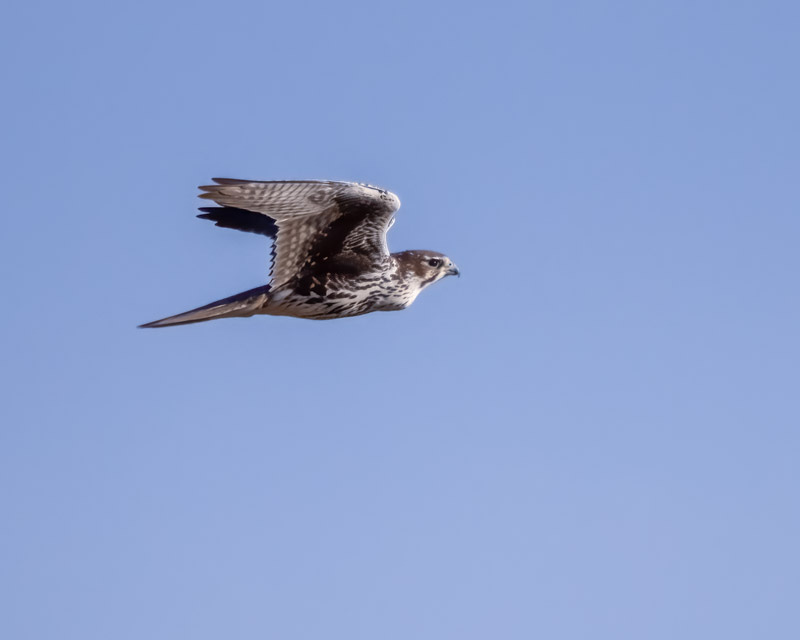
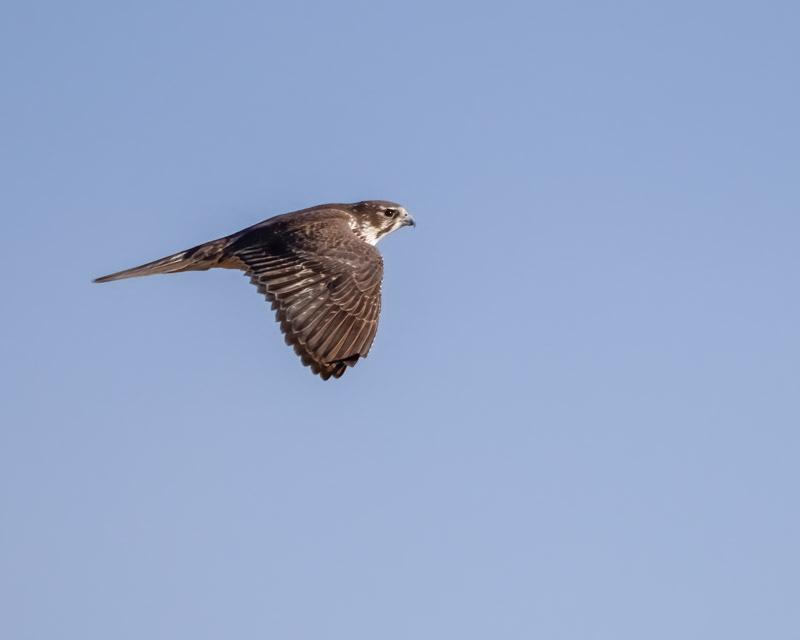


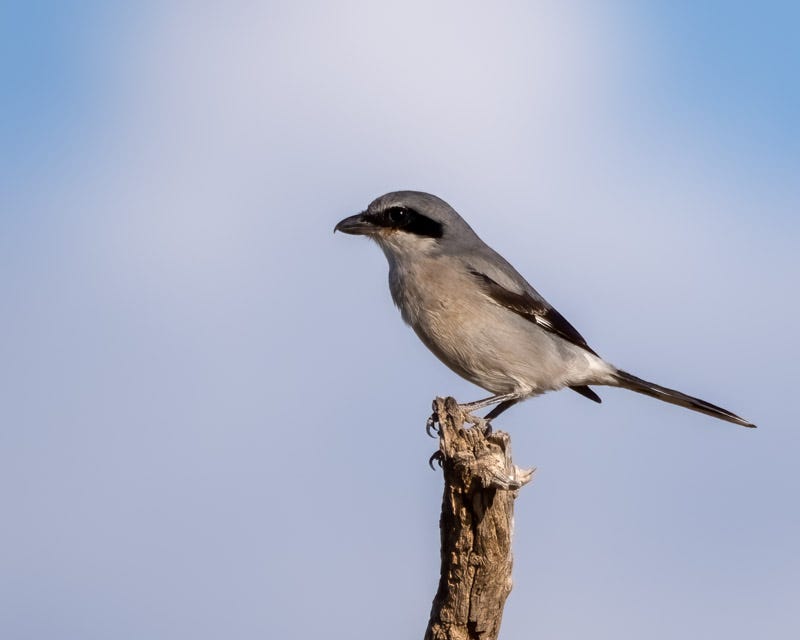
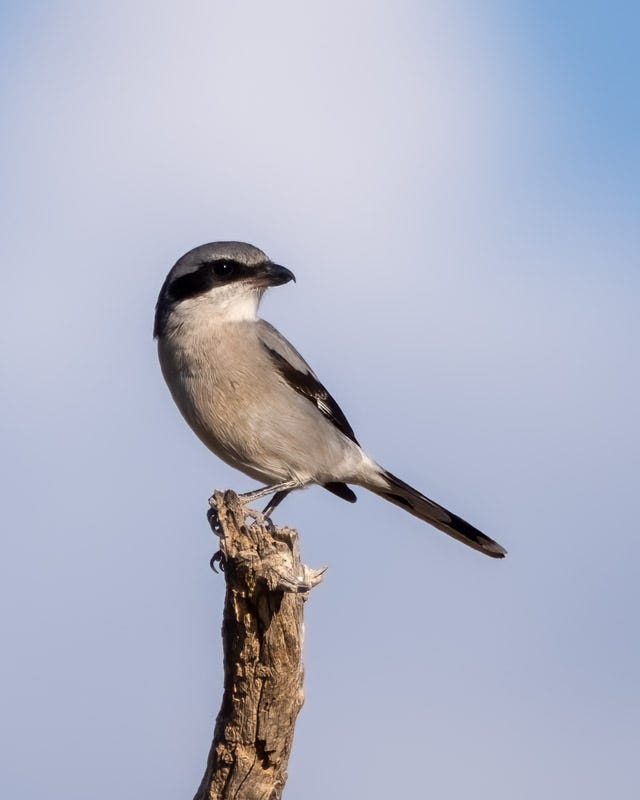
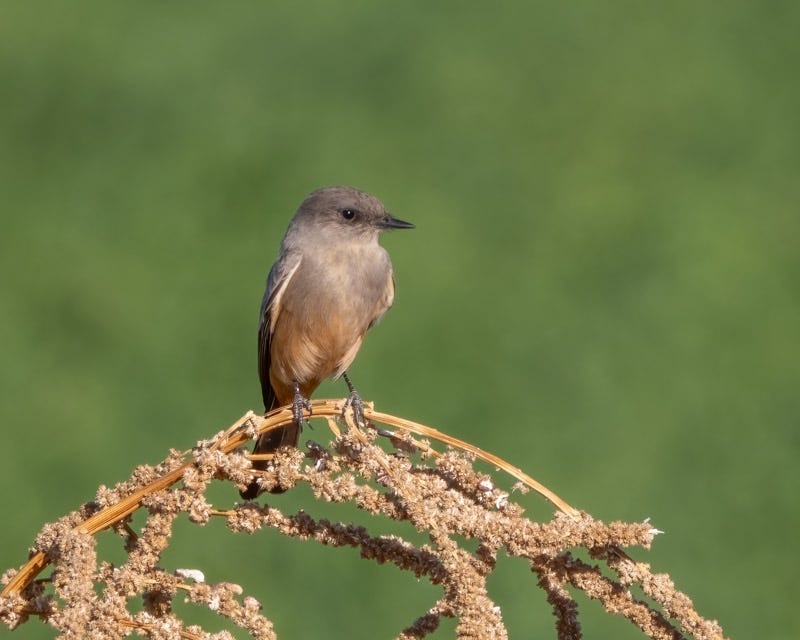
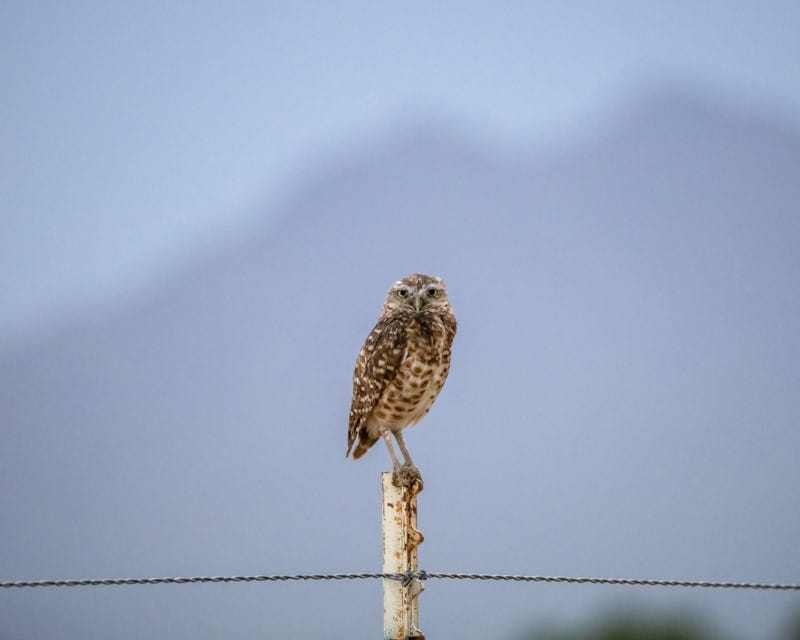
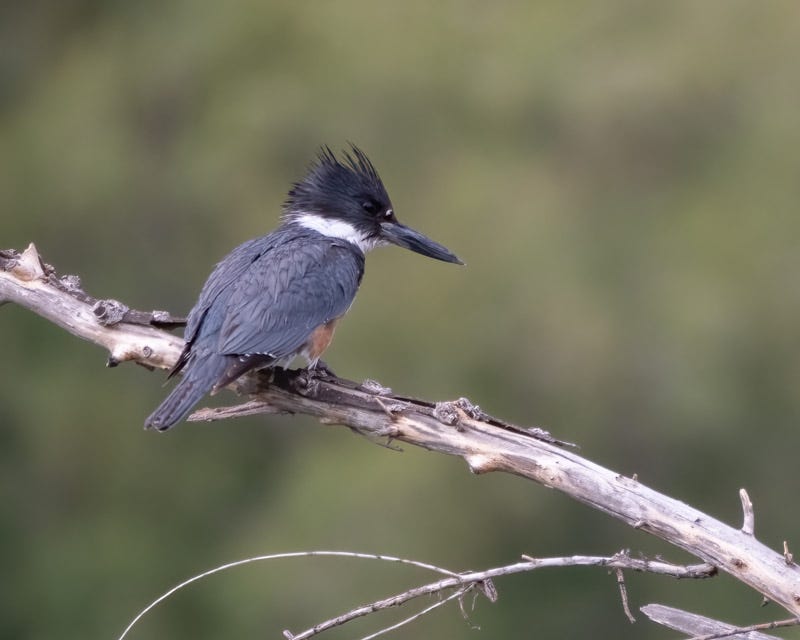

Dan, your posts are always informative as well as having great photos. Thanks!
Loved the flying photos so much. You caught some beautiful ones for sure. Going back on substack as have misses many.